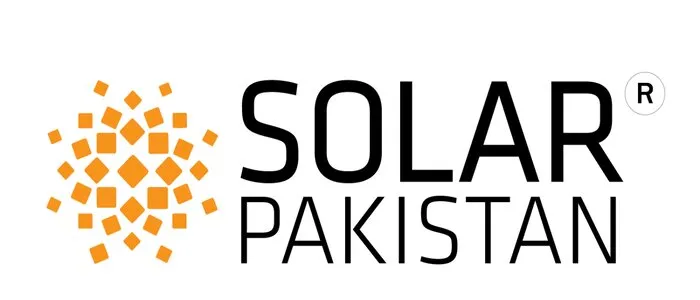The Pakistan Banks Association (PBA), under the guidance of the State Bank of Pakistan (SBP), is spearheading the development of a “shared e-KYC platform” for banks and financial institutions. The primary objective is to enhance efficiency in KYC compliance and streamline customer onboarding processes.
The shared e-KYC platform offers various benefits to banks, including the timely exchange and updating of customers’ KYC/CDD information across the banking industry through a secure digital channel. By utilizing Distributed Ledger Technology (DLT), the platform ensures that customers’ KYC/CDD-related data resides solely with individual banks, eliminating the need for a centralized entity. Access to this critical customer data is granted only with explicit customer consent, reinforcing data protection.
The SBP has consistently strengthened the Anti-Money Laundering/Countering the Financing of Terrorism (AML/CFT) regime, particularly in KYC and Customer Due Diligence (CDD) processes. To further streamline these processes, the SBP allows banks to rely on third-party financial institutions for effective KYC/CDD.
Read More: Pakistan’s FDI Grows by 12% in November 2023 Amid Global Economic Challenges
The PBA has reportedly engaged a local IT company experienced in blockchain solutions to develop this shared KYC platform. With customer consent, KYC data collected by one bank can be shared with another, offering substantial cost reductions and facilitating smoother customer onboarding. While this shared KYC brings advantages, consumers must be vigilant to ensure they only agree to share KYC data, safeguarding their privacy.
The SBP encourages banks and financial institutions to participate in the shared e-KYC platform, emphasizing the importance of dedicating the necessary financial, technological, and human resources for its timely and effective implementation. This collaborative approach aims to establish a standardized and secure framework that benefits both financial institutions and their customers.





